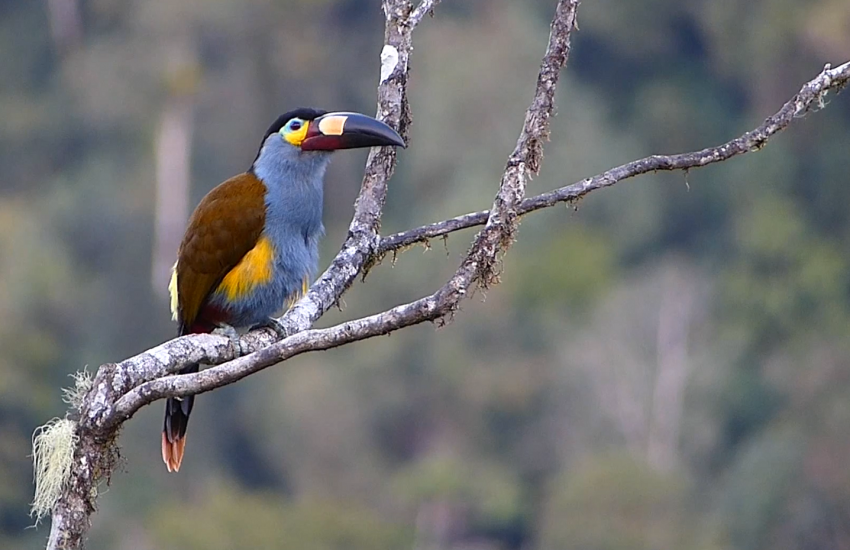This is what the economy of the Amazon…
10 July, 2024


This is what the economy of the Amazon…
10 July, 2024
Wednesday 18 may 2022
Header photo: a plate-billed mountain toucan in Dracula Reserve, Ecuador. (c) Ecominga
In 2018, IUCN published the Best Practice Guidelines on Privately Protected Areas, providing broad principle-based guidelines on all aspects of privately protected areas (PPAs), including incentives and protected area networks.
Managers of PPAs have indicated to struggle with effectively managing their protected areas after focusing on the acquisition and establishment phases. This new manual responds to this gap by offering practical guidelines for (aspired) reserve owners, based on lessons learned from PPA managers and other experts.
The manual is divided in nine pragmatic steps guiding readers from the creation phase to the development of management tools. They provide individuals, non-profit organisations, and civil-society groups interested in managing a reserve as a long-term conservation strategy with useful information on sustainability and fundraising, proposal writing, community engagement and restoration.
10 July, 2024
At last year's regional summit Conversations from the Amazon, representatives of Indigenous peoples gathered in Colombia to share knowledge and…
09 July, 2024
In addition to its incredible species diversity, Madagascar provides millions of people with fresh water and other ecosystem services that…
